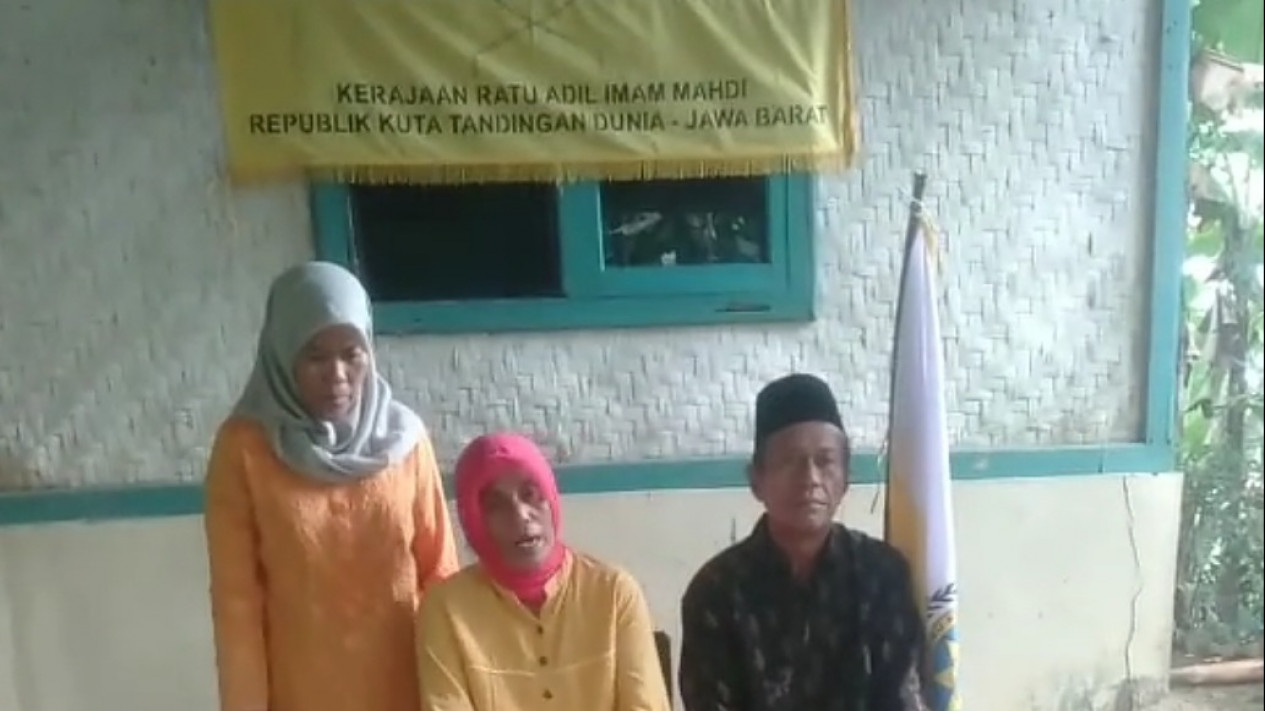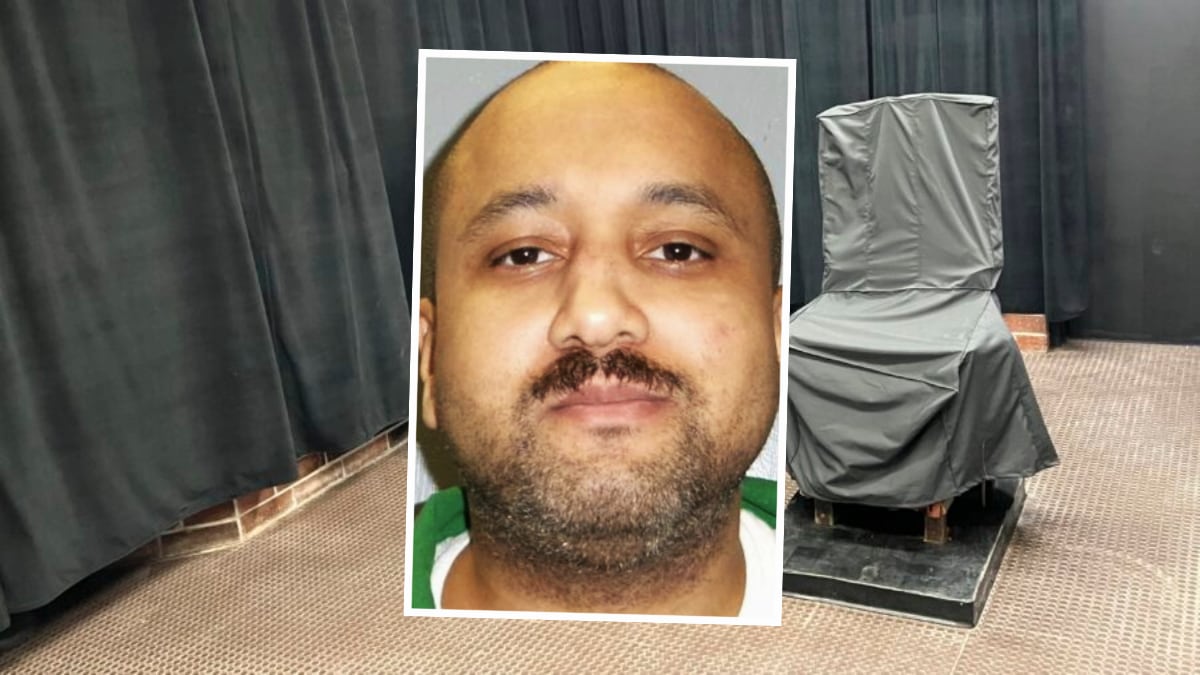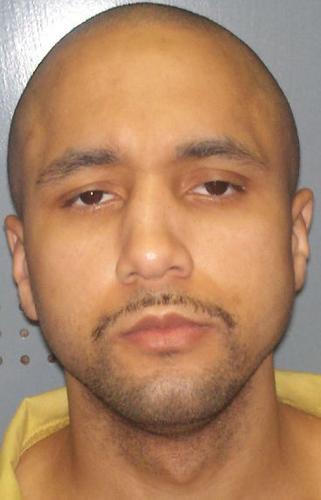Table of Contents
- Judge Clifton Newman gestures as he address Mikal Deen Mahdi during ...
- The Story of Ayatollah Sistani's Father Meeting Imam Mahdi (AJ ...
- Pj. Bupati Aceh Barat Mahdi Efendi Buka Temu Dialog Isu Aktual di Aceh ...
- Heboh Kemunculan Lansia Ngaku Ratu Adil-Imam Mahdi Republik Kuta ...
- Proposed casino could bring boom to Orangeburg County town
- Justices reject appeal from man who killed Orangeburg officer
- Juror shortage delays start of South Carolina murder trial | The State
- Mikal Deen Mahdi, 23, of Virginia, looks across at wedding photos ...
- FOX8 Live Stream 2 | Live events | FOX8 WGHP
- Justices reject appeal from man who killed Orangeburg officer

In a rare and solemn event, the state of South Carolina has carried out the execution of Mikal Mahdi by firing squad, as reported by The New York Times. This incident marks a significant moment in the state's history, highlighting the ongoing debate about capital punishment and the methods used to carry out executions.

Mikal Mahdi, a death row inmate, was put to death by a firing squad, a method that, although legal in South Carolina, is rarely used. The execution was carried out after Mahdi chose this method over lethal injection, which has faced legal challenges and shortages of necessary drugs in recent years. The use of a firing squad as a means of execution is a subject of controversy, with proponents arguing it is more humane and opponents claiming it is inhumane and archaic.


Background on Mikal Mahdi's Case

Mikal Mahdi was convicted of a serious crime that led to his placement on death row. The specifics of his case, including the nature of the crime and the legal proceedings that followed, are crucial to understanding the context of his execution. However, the decision to use a firing squad for his execution has brought the method itself into the spotlight, sparking discussions about the ethics and legality of such practices.


Execution by Firing Squad: A Rare and Controversial Method

Execution by firing squad involves a team of shooters, some of whom may be armed with blank rounds to ensure that no individual knows for certain whether they fired the fatal shot. This method is intended to distribute the moral and psychological burden among the participants. Despite its intended benefits, the use of a firing squad remains a highly controversial topic, with many arguing that it is a brutal and outdated method of execution that does not align with modern societal values.

The choice between lethal injection and a firing squad for those on death row in South Carolina reflects the broader challenges faced by states in carrying out capital punishment. Lethal injection, once the primary method, has become increasingly difficult due to pharmaceutical companies' reluctance to supply the necessary drugs, leading some states to reconsider alternative methods.

Legal and Ethical Considerations
The execution of Mikal Mahdi by firing squad raises significant legal and ethical questions. The Eighth Amendment to the U.S. Constitution prohibits cruel and unusual punishment, and the debate over what constitutes "cruel and unusual" is ongoing. Proponents of the firing squad argue that it is a quick and efficient method of execution, potentially less cruel than other methods that may result in prolonged suffering. However, opponents counter that the method is inherently barbaric and violates human dignity.
From a legal standpoint, the execution highlights the complexities of capital punishment laws in the United States. Different states have different methods of execution, and the legality of these methods is often challenged in court. The use of a firing squad in South Carolina may set a precedent for other states considering alternative methods of execution.
The execution of Mikal Mahdi by firing squad in South Carolina is a significant event that underscores the ongoing debate about capital punishment and the methods used to carry it out. As the legal and ethical implications of this event continue to unfold, it is essential to consider the broader context of capital punishment in the United States. The choice between different methods of execution reflects not only legal and practical considerations but also deeply held beliefs about justice, morality, and human dignity.
For more information on this and other news, visit The New York Times for in-depth coverage and analysis.